
Legacy
Since 1985, IPAC has provided science operations expertise to enable transformative space and ground-based observational programs. Historically, IPAC has provided leadership in expanding exploration of the infrared universe, and continues to curate data from programs such as ISO, 2MASS, IRAS, and WISE through IRSA today. Explore the legacy of IPAC's work on these programs below.
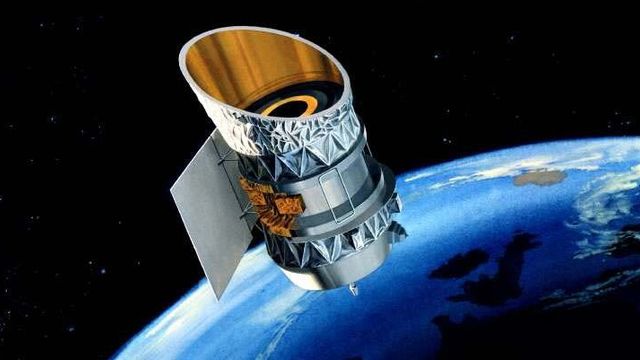
IRAS
Infrared Astronomical Satellite
For ten months in 1983, the Infrared Astronomical Satellite (IRAS), a joint project of the US, UK and the Netherlands, scanned more than 96 percent of the sky. The IRAS mission performed an unbiased, sensitive all sky survey at 12, 25, 60 and 100 µm. This path-breaking infrared satellite doubled the number of known astronomical sources and made numerous important scientific advances. IRAS discoveries included a disk of dust grains around the star Vega, six new comets, and very strong infrared emission from interacting galaxies as well as wisps of warm dust called infrared cirrus which could be found in almost every direction of space. IRAS also revealed for the first time the core of our galaxy, the Milky Way. Archival research with IRAS data continues nearly 20 years after this historic mission.
More Information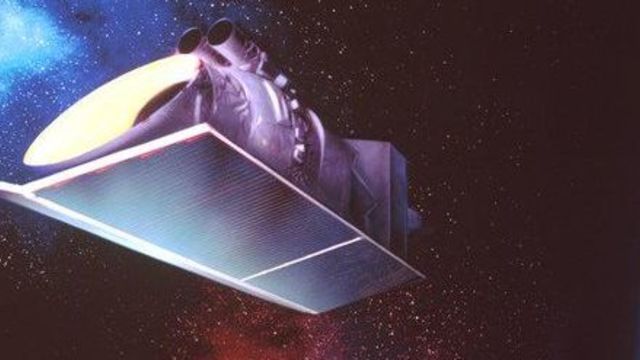
ISO
Infrared Space Observatory
The Infrared Space Observatory (ISO) was launched by ESA in late 1995 and operated for 30 months before the cryogen was exhausted. ISO carried a cooled 60-cm telescope and four science instruments which conducted nearly 30,000 observations at wavelengths between 2.5 and 240 microns. Subsequent processing and analysis of data continued through 2001. ISO has left a rich treasure of scientific results, ranging from the Solar System to galaxies in the distant Universe. ISO data are available through IRSA for archival research by the entire science community.
More Information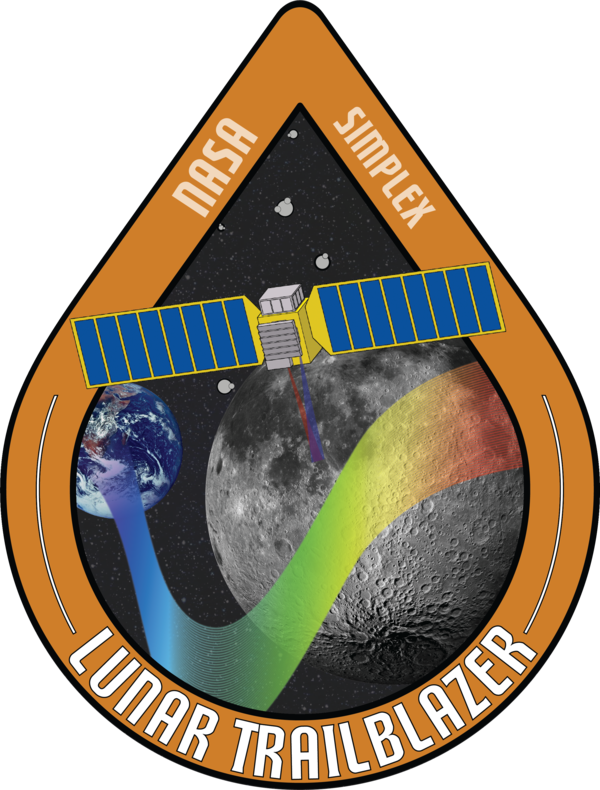
LTB
Lunar Trailblazer
NASA's Lunar Trailblazer targeted one of the most surprising discoveries of the decade: water on the Moon. As a NASA SIMPLEx (Small Innovative Missions for Planetary Exploration) program mission selection, Lunar Trailblazer aimed for critical advancements for science as a lower-budget, ride-along mission. Science objectives included studying the form, abundance, and distribution of water on the Moon, as well as the lunar water cycle. NASA’s Lunar Trailblazer ended its mission to the Moon on July 31, 2025. Despite extensive efforts, mission operators were unable to establish two-way communications after losing contact with the spacecraft the day following its Feb. 26 launch. The mission PI was Bethany Ehlmann (Caltech).
More Information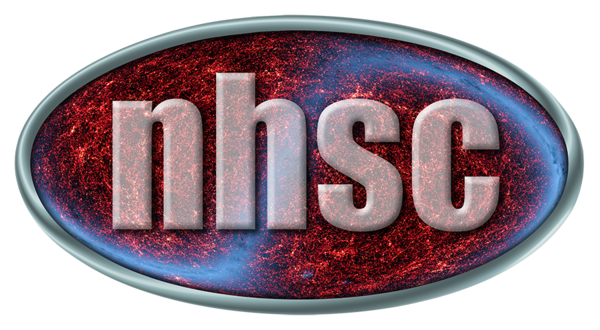
Herschel
NASA Herschel Science Center
The Herschel Space Observatory was a Cornerstone mission for the European Space Agency. The 3.5 m telescope was launched in 2009 with three instruments sensitive to radiation at far infrared and sub-millimeter wavelengths allowing Herschel to explore the cold and dusty Universe. Herschel remained operational until 2013 exploring the formation and evolution of the first galaxies, clouds of gas and dust where new stars are being born, disks out of which planets may form and cometary atmospheres packed with complex organic molecules. Named after Sir William Herschel, the discoverer of the infrared spectrum and planet Uranus, and his sister and collaborator Caroline Herschel, the observatory had the largest infrared telescope sent to space at the time of its launch.
More Information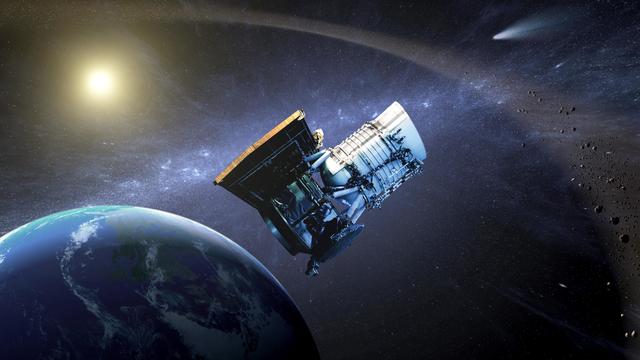
NEOWISE
Near-Earth Object Wide-field Infrared Survey Explorer
The NEOWISE project was the asteroid-hunting portion of the Wide-field Infrared Survey Explorer (WISE) mission. Funded by NASA's Planetary Science Division, NEOWISE harvested measurements of asteroids and comets from the WISE images and provided a rich archive for searching WISE data for solar system objects. During its primary mission which ended in February 2011, NEOWISE delivered large and rich infrared datasets of minor planets, including more than 34,000 new discoveries. NEOWISE data have also enabled the discovery of the first known Earth Trojan asteroid. After hibernating for over 2 years, NEOWISE survey observations resumed in December 2013 to learn more about the population of near-Earth objects and comets that could pose an impact hazard to the Earth. During its multiyear survey in the 3.4 and 4.6 μm infrared bands, NEOWISE rapidly characterized near-Earth objects (NEOs) and obtained accurate measurements of their diameters and albedos (how much light an object reflects). NEOWISE was equally sensitive to both light-colored asteroids and the optically dark objects that are difficult for ground-based observers to discover and characterize. Survey operations were completed on July 31, 2024. The spacecraft was decommissioned on August 8, 2024, and re-entered the Earth's atmosphere on November 1, 2024.
More Information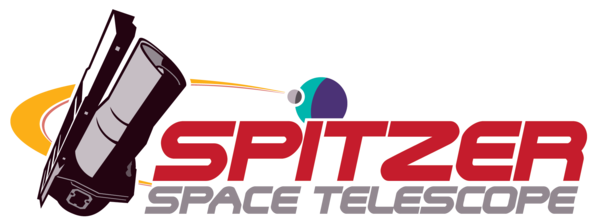
Spitzer
Spitzer Science Center
The Spitzer Space Telescope is a retired NASA infrared space telescope and the final element of the NASA Great Observatories program. Spitzer was launched in August 2003 carrying a near-infrared camera (IRAC), mid-infrared spectrograph (IRS) and a mid- to far-infrared photometer (MIPS). Since it began routine science operations in December 2003, Spitzer has revealed the Universe in new ways, from mapping extrasolar planet temperatures to discovering a giant ring around Saturn to helping to uncover some of the most distant galaxies in the universe. In 2009 Spitzer began its "warm mission" after exhausting its cryogenic coolant, subsequently operating only the two shortest wavelength cameras on IRAC. In 2016, warm Spitzer entered its "Beyond" mission phase which continued until its decommissioning on January 30th, 2020. Formal project closeout occurred at the end of September 2021. The IPAC Infrared Science Archive (IRSA) houses and maintains the Spitzer Heritage Archive (SHA), the permanent data repository for all of the Spitzer mission data.
More Information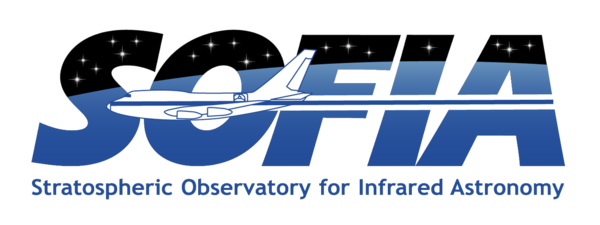
SOFIA
Stratospheric Observatory for Infrared Astronomy
The Stratospheric Observatory for Infrared Astronomy (SOFIA) is a 2.7 meter telescope carried aboard a Boeing 747SP aircraft. The observing altitudes of SOFIA are between 37,000 and 45,000 feet, above 99% of the water vapor in the Earth's atmosphere. SOFIA currently operates 6 instruments (FORCAST, FIFI-LS, FPI+, HAWC+, GREAT, and EXES), both imagers and spectrographs, covering a wide range in wavelength and spectral resolution. The US share of the overall observing time is 80%. The remaining 20% of the time is allocated to the German astronomical community. By including new instruments and upgrades to existing instruments regularly, SOFIA retains its state-of-the-art capabilities.
More Information
TMT
Thirty Meter Telescope
The Thirty Meter Telescope (TMT) is a next-generation extremely large telescope that will offer astronomers a window to the Universe with unprecedented quality and depth. The primary mirror of the TMT will be 30m making it among the largest optical-near infrared telescopes to be built in the coming decade. Scientist will use the TMT to find answers to grand questions like “What are dark matter and dark energy?”, “When did the first galaxies form and how did they evolve?”, “What kind of galaxies host what kind of black holes?, “How do stars and planet form?”, and “Is there life elsewhere in the Universe?”. TMT is being jointly developed by Caltech, the Department of Science and Technology of India, National Astronomical Observatories of the Chinese Academy of Sciences, National Institutes of Natural Sciences/National Astronomical Observatory of Japan, National Research Council Canada and the University of California.
More Information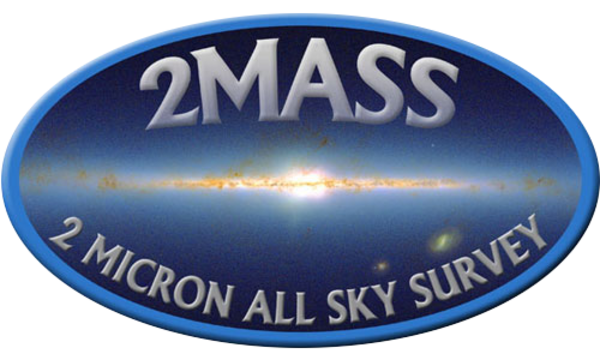
2MASS
Two Micron All Sky Survey
The Two Micron All-Sky Survey (2MASS) is a near-infrared digital imaging survey of the entire sky conducted by the University of Massachusetts and IPAC at 1.25, 1.65 and 2.17 microns. A pair of matched 1.3-m diameter telescopes (Arizona and Chile) completed survey operations in early 2001. Data processing and product development continued through 2003. Key science goals of the survey include the large-scale structure of the Milky Way and the Local Universe, an accurate census of stars in the solar neighborhood, and the discovery of new brown dwarfs and active galactic nuclei.
More Information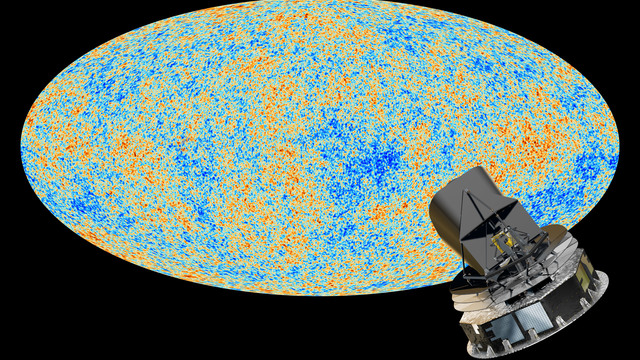
Planck
U.S. Planck Data Center
Planck was a third-generation space mission whose primary goal was to study the cosmic microwave background (CMB), the remnant radiation from the Big Bang. Between Aug 2009 to Oct 2013, Planck took data in the 30-850 GHz frequency range. Its two instruments LFI & HFI provided the most accurate maps of the CMB and astrophysical foregrounds between us and the CMB. Measuring the temperature and polarization fluctuations of the CMB provides valuable clues about the way the Universe was born and when the first stars and galaxies formed. Data from the Planck mission continues to be widely used to further understand our Universe. Planck was led by the European Space Agency (ESA) with contributions from multiple EU countries and with significant NASA involvement.
More Information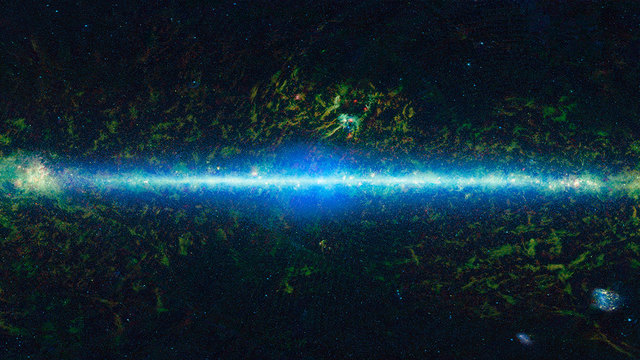
WISE
Wide-field Infrared Survey Explorer
The Wide-field Infrared Survey Explorer (WISE) provides an all-sky survey from 3 to 25 microns which is up to 500 times more sensitive than the IRAS survey. WISE's goals were to find the most luminous galaxies in the Universe, the closest stars to the Sun, detect most main belt asteroids larger than 3 km, and extend the 2MASS survey into the thermal infrared. WISE enables a wide variety of studies ranging from the evolution of protoplanetary debris discs to the history of star formation in normal galaxies. WISE has provided an infrared atlas whose legacy will endure for decades. WISE launched on 14 December 2009. In early October 2010, after completing its prime science mission, the spacecraft ran out of coolant that keeps its instrumentation cold. However, two of its four infrared cameras remained operational. These two channels were still useful for asteroid hunting, so NASA extended the NEOWISE portion of the WISE mission by four months, with the primary purpose of hunting for more asteroids and comets, and to finish one complete scan of the main asteroid belt. After the completion of this phase, WISE was placed in hibernation-mode. In September 2013, WISE was revived with the goal of discovering and characterizing near-Earth objects (NEOs), space rocks orbiting within 28 million miles (45 million kilometers) from Earth's path around the sun. NASA anticipates WISE will use its 16-inch (40-centimeter) telescope and infrared cameras to discover about 150 previously unknown NEOs and characterize the size, albedo and thermal properties of about 2,000 others -- including some which could be candidates for the agency's recently announced asteroid initiative.
More Information

